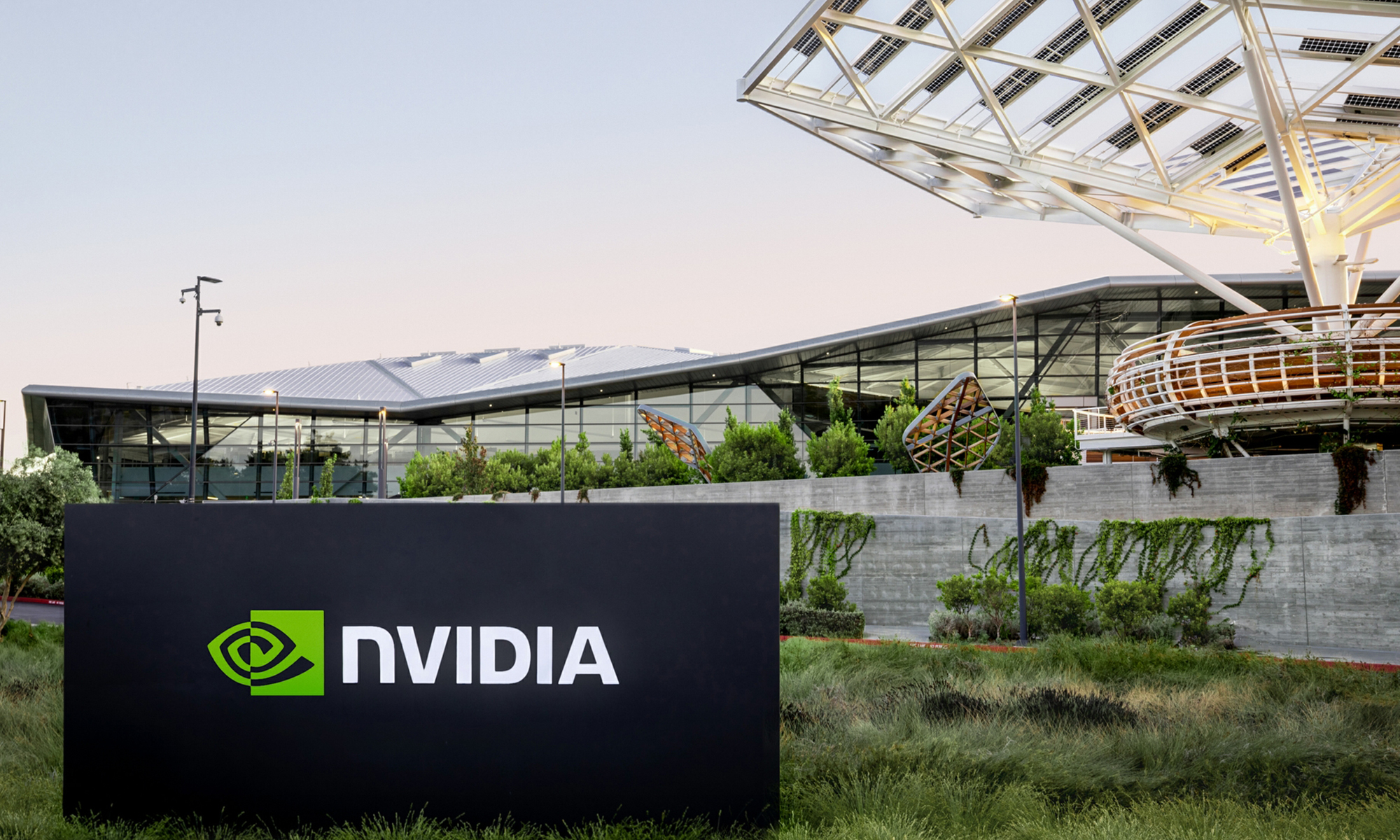Nvidia (NVDA 0.32%) made stock market history on Monday, Jan. 27, but not the good kind. The chipmaker saw its share price decline 17%, due to concerns about an artificial intelligence (AI) model from Chinese start-up DeepSeek. That nosedive erased $589 billion of its market value, the largest single-day loss for any company on record.
What triggered the meltdown? Despite regulations from the U.S. government that prohibit Nvidia from exporting its most advanced AI chips to China, DeepSeek reportedly created a large language model that rivals the performance of the more sophisticated models created in the U.S. The company also claims it trained the model while spending much less money and without the most advanced Nvidia chips.
That news has been disastrous for Nvidia shareholders, given how sharply the stock crashed. But many Wall Street analysts see the sell-off as an overreaction that creates a long-awaited buying opportunity for investors.

NASDAQ: NVDA
Key Data Points
Why DeepSeek's breakthrough AI model caused Nvidia stock to crash
DeepSeek published a research paper last week claiming its R1 reasoning model rivals the performance of OpenAI's o1 problem-solving model on certain benchmarks. The Chinese start-up also claims it spent less than $6 million training the large language model and says it completed the training with only 2,048 Nvidia H800 graphics processing units (GPUs). Importantly, the H800 GPU was designed specifically to comply with export restrictions.
Comparatively, OpenAI spent more than $100 million training its GPT-4 model and used the more powerful Nvidia H100 GPUs. The company hasn't disclosed the precise number, but analysts estimate OpenAI used over 10,000 processors to train GPT-4. That estimate is plausible, given that Meta Platforms used 16,000 Nvidia H100 GPUs to train its Llama 3 model, spending an estimated $60 million.
The implications are alarming for Nvidia. If DeepSeek trained R1 using fewer, less-powerful chips, then U.S. companies could theoretically reduce spending by mimicking the training techniques employed by the Chinese AI start-up. In turn, hyperscale companies like Amazon, Alphabet, Meta Platforms, and Microsoft could spend less than previously anticipated on Nvidia GPUs in the coming years.

Image source: Getty Images.
DeepSeek's breakthrough may have a silver lining for Nvidia shareholders
While DeepSeek trained its R1 model with impressive efficiency, many analysts view that as a positive development. They think it will accelerate the pace at which artificial intelligence is adopted, driving greater demand for Nvidia GPUs. Also, some industry experts question the validity of DeepSeek's claims concerning costs and infrastructure.
- Alexandr Wang, CEO of Scale AI, believes DeepSeek has 50,000 Nvidia H100 GPUs but didn't discuss the chips in its research paper because they violate U.S. export controls. The H100 is the second-most-powerful Nvidia GPU widely available today and is very expensive. If DeepSeek does have that many H100s, they likely understated the model-training costs.
- Brian Colello at Morningstar maintained his target price of $130 per share on Nvidia stock following the DeepSeek news. "We doubt the leading cloud vendors and AI builders will pause their plans," he wrote in a note to clients. "We still think tech firms will continue to buy all the GPUs they can as part this AI gold rush."
- Dan Ives at Wedbush Securities says the stock market was "way wrong" in its reaction to the news. Based on discussions with about 25 technology companies, Ives thinks AI spending in the U.S. will be unaffected by the recent report from DeepSeek. He argues that cheaper training will accelerate AI adoption and sees the sell-off as one of the best buying opportunities in the last decade. Wedbush kept its target price on Nvidia at $175 per share.
- Patrick Moorhead at Moor Insights & Strategy believes demand for Nvidia GPUs will keep increasing until companies achieve artificial general intelligence (AGI). He also thinks the novel training methods used by DeepSeek will accelerate AI adoption by reducing costs. Moorhead sees that as positive because it will create new use cases in less time.
- Stacy Rasgon at Bernstein thinks DeepSeek understated the training costs associated with its R1 model. However, he sees its efficient training methods as a good thing. During a CNBC interview, Rasgon said the situation is an example of the Jevons Paradox, an economic principle in which declining costs for a new technology are more than offset by the subsequent increase in demand. Bernstein maintained its target price on Nvidia of $175 per share.
- Tom Lee at Fundstrat Global Advisors called the stock market drawdown an overreaction and compared the situation to the sell-off that followed the onset of COVID-19. "This pullback in Nvidia will prove to be a buying opportunity," he told CNBC.
Investors should remember that the DeepSeek situation is evolving rapidly and analysts may change their opinions. Meta Platforms and Microsoft are scheduled to report financial results on Jan. 29, followed by Alphabet and Amazon on Feb. 4. The market may get more clarity when the management teams at those companies host their quarterly earnings calls.
However, several analysts currently believe DeepSeek's breakthrough will have little impact on long-term demand for Nvidia GPUs. In that sense, while the news has been disastrous for Nvidia shareholders, it has a silver lining: Nvidia stock is much cheaper today than it was last week, which creates a compelling buying opportunity for prospective investors.
Indeed, among the 39 analysts who follow the company -- eight of whom updated their forecast in the last two days -- Nvidia has an average target price of $177 per share. That implies 50% upside from its current share price of $118.





